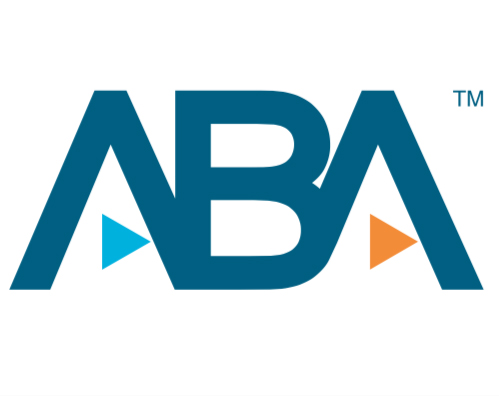Anatomy of a Bankruptcy: Too Much Credit, High Fees, Bad Breaks
Back when she was working a couple of jobs and sharing her home with an adult son, Diane McLeod seemed to have the money to pay her credit card bills and the relatively lavish lifestyle they helped fund along with the mortgage for her modest home in the Philadelphia suburbs.
But now, after losing both jobs and suffering some unexpected medical problems, the 47-year-old divorced mom is in foreclosure and expects to file for bankruptcy. There is virtually no other way that she can deal with the mountain of unpaid bills–many of them at high interest rates–that her reliance on plastic and home equity lending created, reports the New York Times. Meanwhile, when she tires of calls from bill collectors, she puts the phone in the dishwasher to muffle the sound of its ringing.
In addition to charging McLeod and other consumers interest rates of as much as 28 percent annually, according to the article, lenders have also contributed to the problem by encouraging them to borrow money they couldn’t afford to repay. As a result, not only overly indebted consumers like her but the entire economy is threatened, and some are urging lawmakers to enact new restrictions on creditors.
“Tallying what the lenders have made off Ms. McLeod over the years is revealing. In 2007, when she earned $48,000 before taxes, she was charged more than $20,000 in interest on her various loans,” the newspaper reports. Today, even as she is drowning in debt, more credit is still being offered to her. One recent mailing encouraged her to sign up for a new credit card with a $300 limit;$150 of that amount, according to the fine print, would go to pay annual fees.



